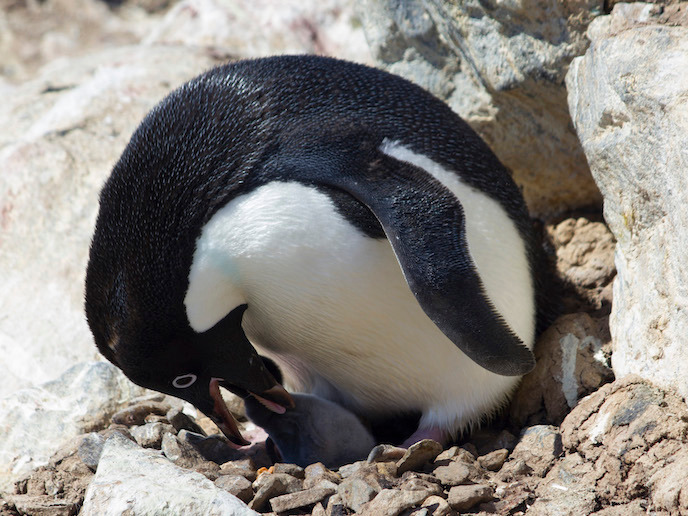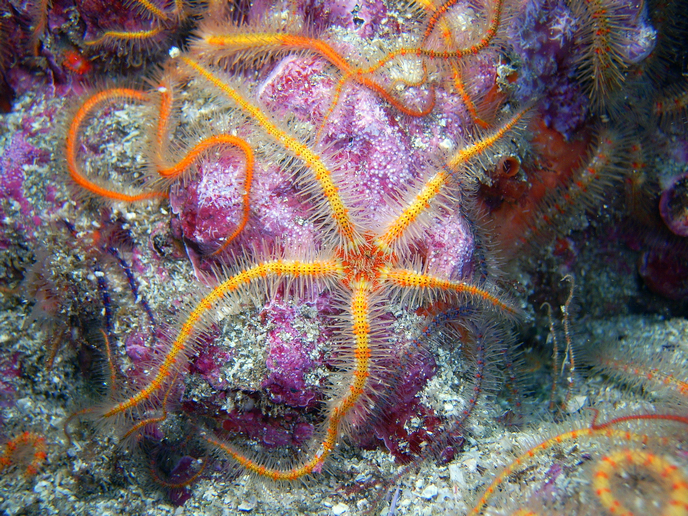European Spallation Source: disintegrating nuclei, integrating neutron science
Neutrons released through the spallation process in which very high-energy particles ‘disintegrate’ an atom’s nucleus become extremely powerful probes of matter. They allow scientists to analyse materials in ways impossible with other techniques and are an essential tool for addressing the EU’s grand challenges in areas including climate change, energy, health and quantum computing. The EU-funded BrightnESS-2 project built on the legacy of the EU-funded BrightnESS project focused on building the European Spallation Source (ESS), the world’s most powerful neutron source. BrightnESS-2 has ensured the long-term sustainability of ESS while strengthening and solidifying the broader European neutron ecosystem.
Solidifying the neutron community
Among the myriad outcomes of BrightnESS-2 was the publication of the ‘Common roadmap and implementation strategy for future neutron capability’. Jimmy Binderup Andersen, Interim Head of Grants at ESS and post-closure BrightnESS-2 coordinator, elaborates: “In the project environment of BrightnESS-2, it was natural to get involved with the newly established League of advanced European Neutron Sources (LENS) to discuss the European vision for neutron science.” As a result of this collaboration, the project’s common roadmap became the strategic LENS publication ‘Neutron Science in Europe: Strengthening World-Class Research and Innovation Delivering Economic and Societal Impact’. The impact of BrightnESS-2 went beyond the original project goals. The team’s technical innovation catalogue highlighting innovation at ESS by technical area will support and motivate others to explore and exploit project results, maximising the potential impact. Its socioeconomic impact report has become a reference for other research infrastructures (RIs), creating precedence for organisations including but not limited to European Research Infrastructure Consortium Forum. Finally, “with our exploration and support of a Neutron Quality Label for neutron strain scanning instrumentation, we have helped establish an important reference and benchmark for neutron science and measurements,” adds Andersen.
Streamlining logistics, strengthening European neutron science
BrightnESS-2 also serendipitously led to the formation of RI.Logistica, a logistics organisation specialising in RIs, following a BrightnESS-2 conference on RIs’ logistics challenges with 230 professionals from more than 30 countries. In addition to ESS, the founding RI members comprise the European Organization for Nuclear Research (CERN), the European X-Ray Free-Electron Laser Facility (European XFEL) and the International Thermonuclear Experimental Reactor (ITER). CERN, European XFEL and ITER are also the world’s largest in their respective fields. The organisation will support RIs in developing in-house logistics expertise based on best practices from industry. Whether transporting sensitive vaccines or moving huge equipment transnationally, RIs will enhance their logistics operations’ efficiency, enabling them to focus on science. “With RI.Logistica we potentially change and improve the logistics for RIs worldwide,” adds Andersen.
Sustaining ESS and strengthening neutron research globally
The consortium successfully translated the vast experience and knowledge of the wider neutron community into tailored reports, policies, recommendations, visions and more for evolving ESS. Further, BrightnESS-2 has strengthened the network of research facilities using neutrons and helped to elevate Europe’s position in the global research environment. Andersen summarises: “With the BrightnESS-2 project, the European stakeholders within neutron science have moved closer together. An emerging neutron ecosystem is already utilising collaborations and networks to enable neutron science, now and in the future, so the benefits of ESS can be exploited, and its scientific potential realised.”
Keywords
BrightnESS-2, neutron, ESS, neutron science, RI, logistics, RI.Logistica, European Spallation Source, research infrastructure, Neutron Quality Label







